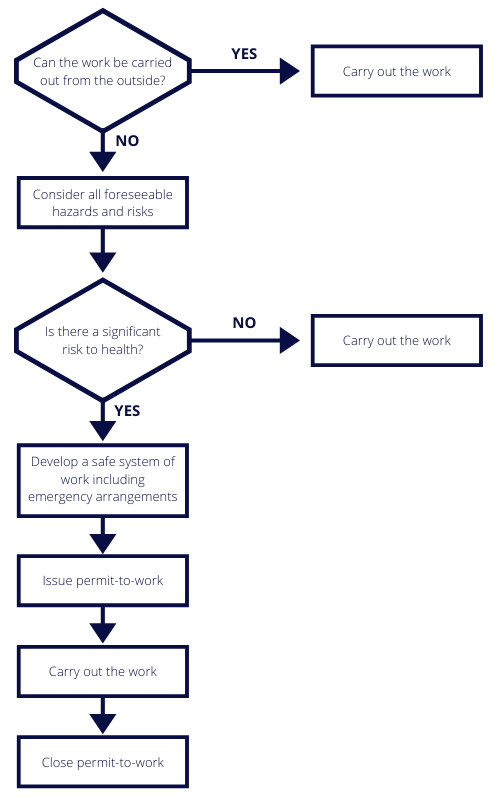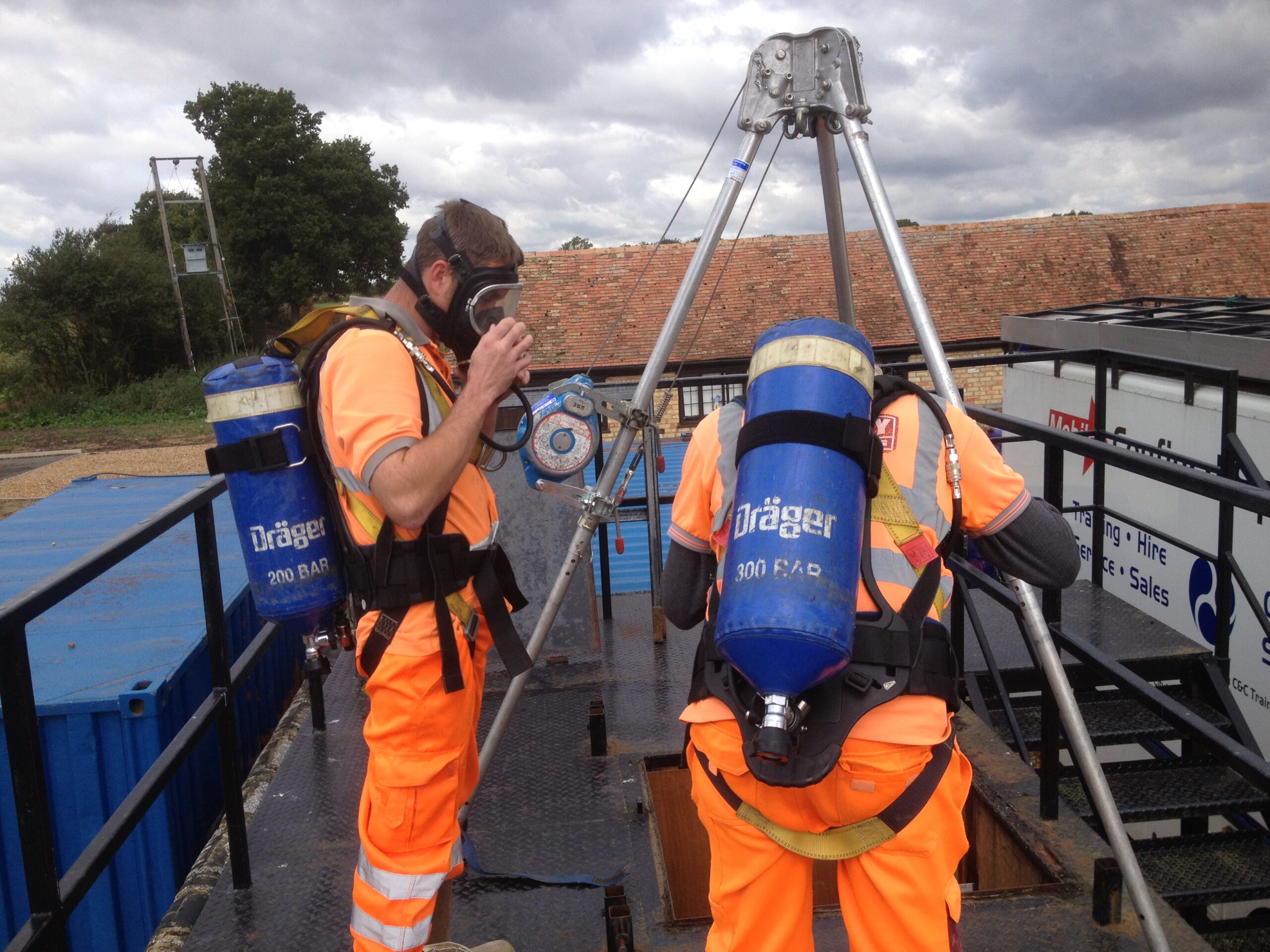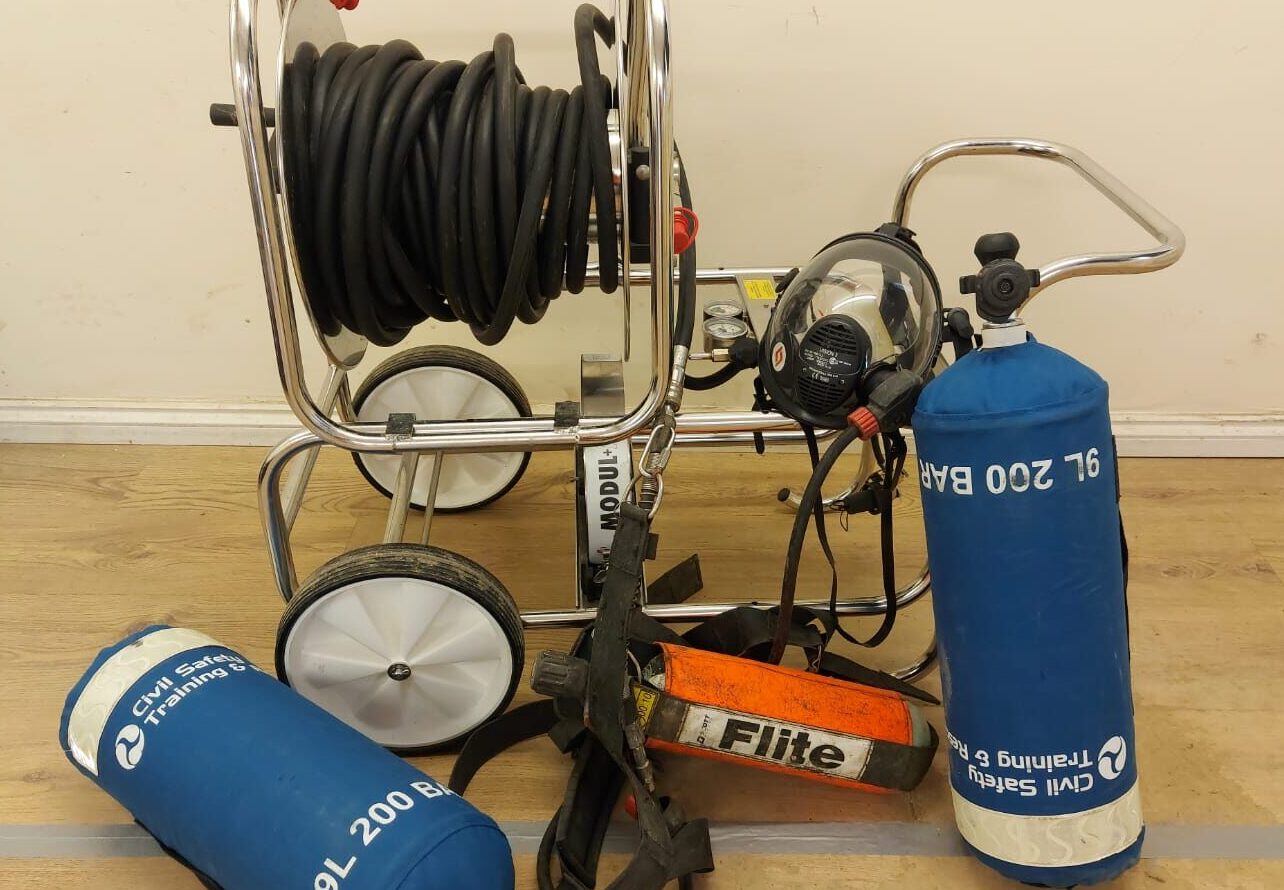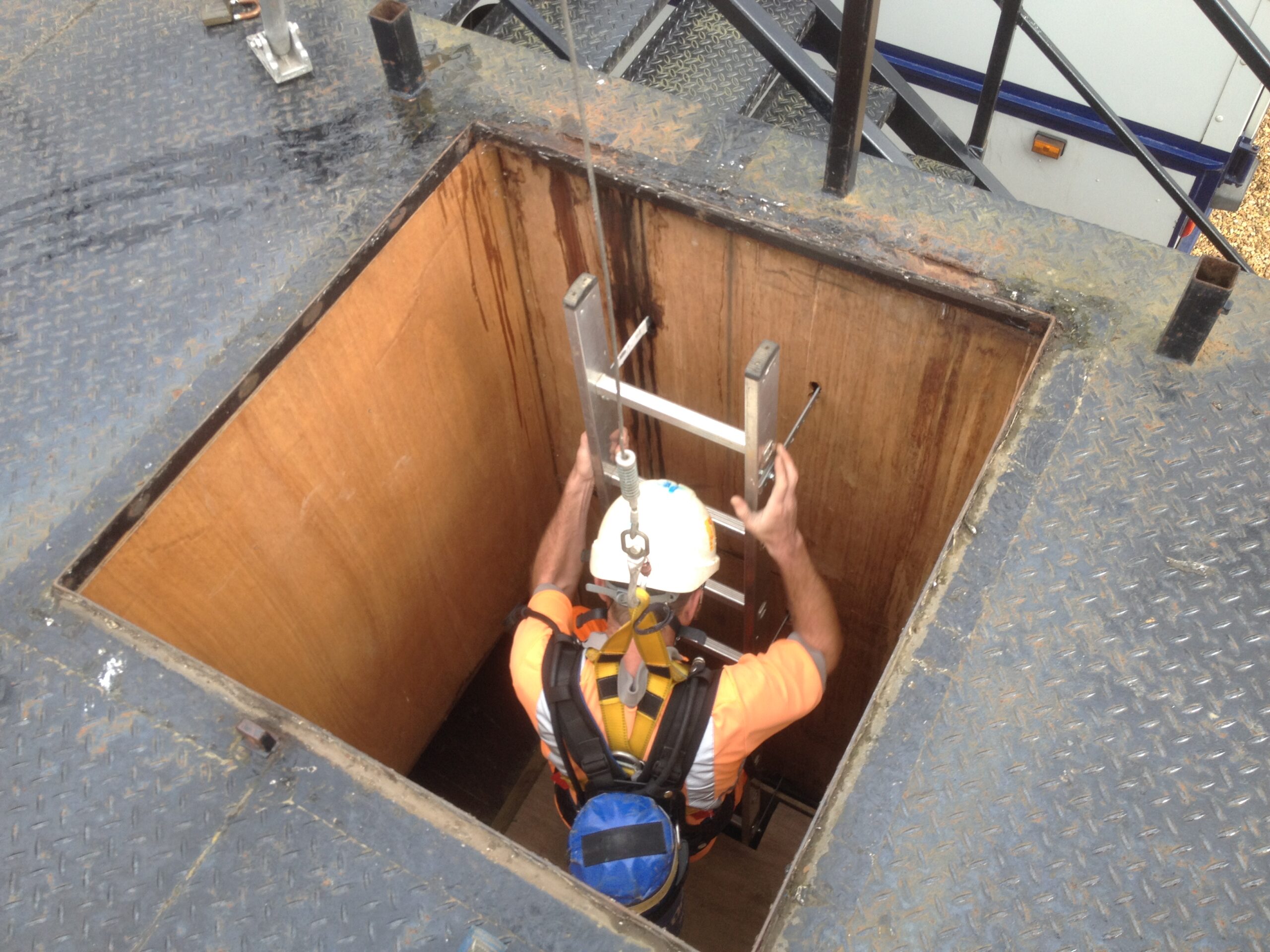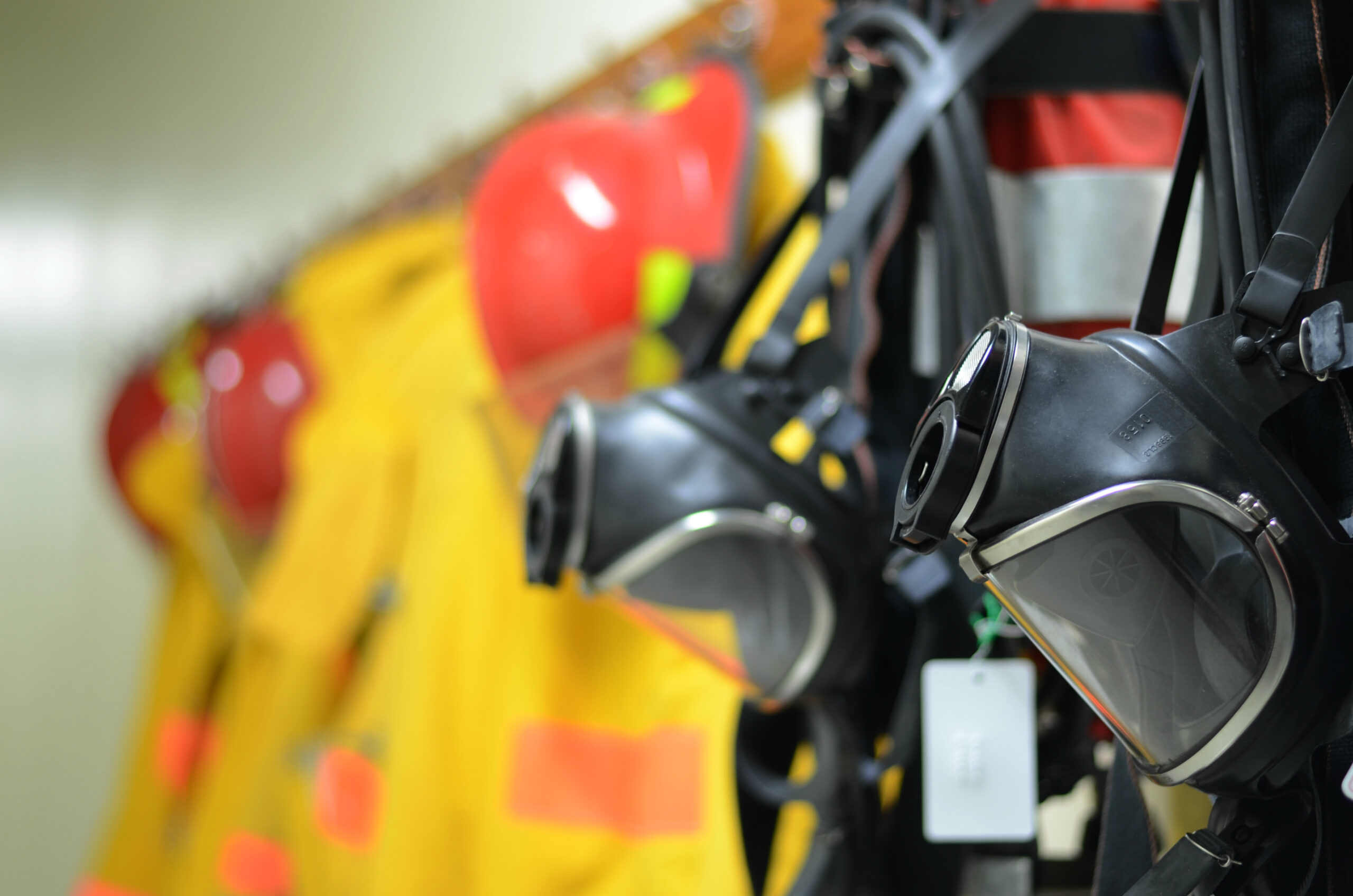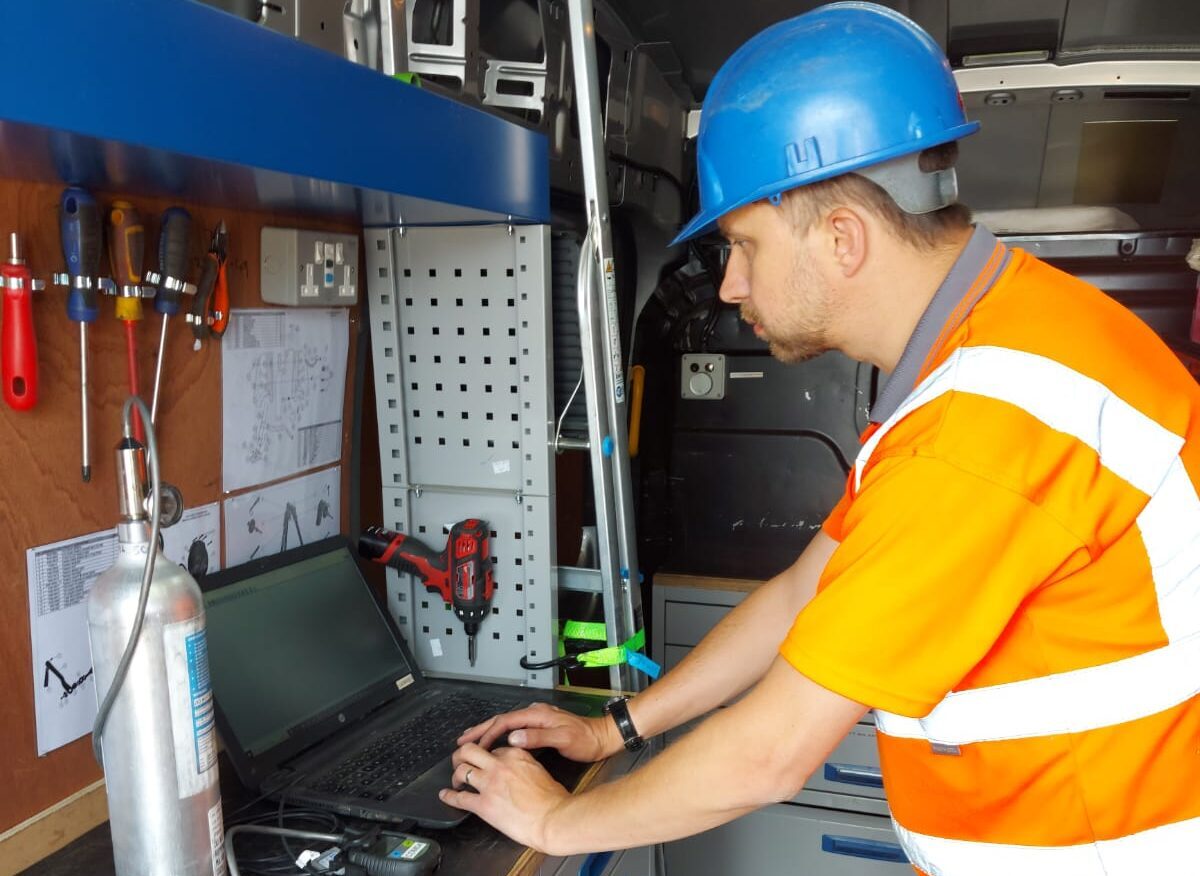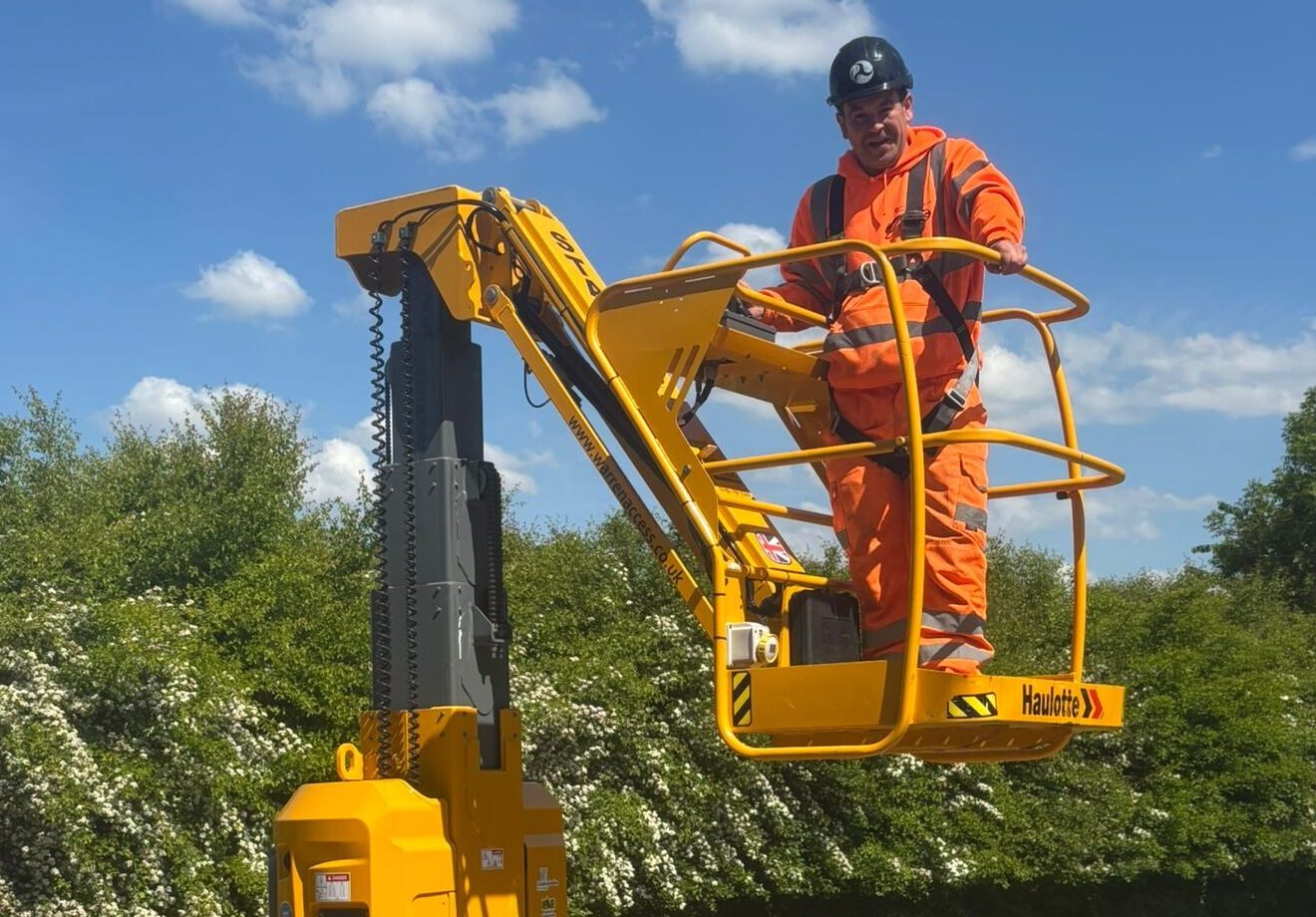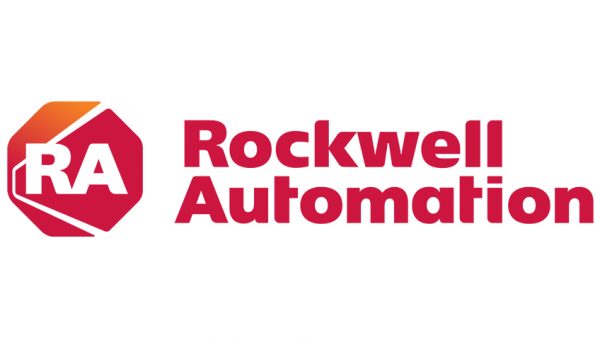Confined Spaces: When Is A Permit-To-Work Required?
When speaking with our customers and those working in and around confined spaces, we often find that there’s confusion about when a permit-to-work is required and so in this blog we set out to clarify what purpose they serve and when they should be used for confined space work.
First, let’s define what a confined space is. HSE defined it as:
“Any place, including any chamber, tank, vat, silo, pit, trench, pipe, sewer, flue, well or other similar space in which, by virtue of its enclosed nature, there arises a reasonably foreseeable specified risk”.
Confined spaces also have two key features. First, they are substantially (though not always entirely) enclosed. Second, there is a reasonably foreseeable risk of personal injury from hazardous substances or conditions within the space or around it.
What Is A Permit-To-Work?
A permit-to-work is a formal recorded process used to control work which is identified as potentially hazardous. It authorises certain people to carry out specific work within a specified time frame, describes what work will be done and, based on a risk assessment, sets out the precautions required to complete the work safely. It is also usually accompanied by a method statement describing how it will be done.
As a formal record, it also requires declarations from those authorising the work, those carrying out the work, and those involved in shift handover or extensions to the work.
And while each organisation decides on the format of its own permit-to-work system there are some essential features that all permit-to-work systems must include. These are:
- Clear identification of who may authorise particular jobs and who is responsible for specifying the precautions to be taken
- Training and instruction in the issue, use and closure of the permit
- Monitoring and auditing to ensure the system works as intended
- Clear identification of the types of work considered hazardous
- Clear identification of the work to be carried out
- Time limits on entry and permitted task duration
- Risk assessments
- Supplemental or simultaneous activity and control measures
- Supervision requirements
- The level of competency and training required by the entrant, top man and supervisor
- The communications system that will be used
- Rescue plan
When Is A Permit-To-Work Required In Confined Space Work?
A permit-to-work system is required where there is a reasonably foreseeable risk of serious injury in entering or working in the confined space.
Some employers decide that where any identified risks can be easily controlled, or the work system is very simple, a permit-to-work system will not be used. But this decision should be taken by a competent, trained person. Other employers might make the decision that any and all work carried out in confined spaces presents a reasonably foreseeable risk of injury and so have a policy that a permit-to-work is always required for confined space work.
For those unsure of whether a permit-to-work system should be put in place we’ve included a flow chart below as well as some situations here where the use a permit-to-work system is usually appropriate:
- To ensure that the people working in the confined space are aware of the hazards involved as well as the nature and extent of the work to be carried out.
- To ensure there is a formal check undertaken confirming elements of a safe system of work are in place.
- Where there is a need to coordinate or exclude; using controlled and formal procedures, other people and their activities where they could affect work or conditions in the confined space.
- If the work requires the authorisation of more than one person, or there is a time-limit on entry. It may also be needed if communications with the outside are other than by direct speech, or if particular PPE is required.
Is A Permit-To-Work Required?
If you’re still unsure, we suggest that it’s always better to set up a permit-to-work system. By their very nature confined spaces are dangerous to work in and around and using a permit-to-work system ensures every worker is aware of the risks and hazards have been controlled for.
Civil Safety Training & Rescue
As specialists in confined space safety and rescue we’re used to dealing with permit-to-work systems and method statements so get in touch if you’d like to improve on your employee training or call out our rescue team. As well as having facilities at our sites in East Anglia we provide nationwide training, rescue and equipment servicing utilising our mobile vans and skilled technicians and teams.
Training: 01480 220611 | Rescue: 01480 220615 | Service, Sales & Hire: 01480 220613
